Hi, Richard here. I started playing drums when I was 9. I didn’t have a drum set at first, only sticks, so I used to play on whatever household surface was nearest to me. I drummed as much as I could in my teens and had a band. But when I went to college my drum set ended up in my parents’ shed.
I met Yann, my co-developer, when we were Ph.D. students in a computer science lab in Dublin. That lab had a motion capture system. The kind that movie and game studios use, where actors wear spandex suits and reflective balls.
For fun we decided to track my drumsticks to see if we could get some air drumming going. It worked way beyond my expectations: I was able to drum like with my old drum set.
How we got started
Hello, Yann here. That mocap system that Richard mentioned was a room-sized £150,000 thing. But after we left the lab we continued on the project and realised we could do the job with just a game console camera.
That’s when we knew we had something unique that would be of genuine use to people who can’t get to a drum set. That’s also when Richard knew he could keep drumming despite the crazy Dublin housing market.
But we didn’t go about it the Silicon Valley way: I just made the first batch of 500 Aerodrums at home, put them up on Amazon and booked us a small booth at the 2014 NAMM show (the main international music instrument trade fair).
We’re grateful that many news organisations thought that the instrument was noteworthy.
For 7 years now the company has been settled in Liverpool. That’s also where Aerodrums is assembled. We’re still a very small team. You’re probably aware: most people haven’t realised we’ve made cheap traditional electronic drums obsolete 🙂
Why we love what we do
At NAMM it was an incredible delight to see people’s faces light up as they started playing. Drummers from all around the world, from beginners to pros and even a few stars. Ok you probably wouldn’t call them stars, but we’re into drumming so we knew who they were 🙂
But even better than that, there’s what users of Aerodrums do. Some of them wouldn’t be playing drums now if not for the instrument. Others record. Some even gig.
From time to time we even have some stage teching thrills. Like on A.R. Rahman’s tour where he, his drummer and his percussionist played Aerodrums to 20,000 seater arenas.
And we get to keep doing research and development, the way we want and the way we feel people would benefit most. Not to line some rich people’s pockets.
We also have the luxury of publishing Richard’s ground breaking drum part editor with a “pay what you want to” price. Check it out if you haven’t already. It’s called Aered.
How we do what we do
Sometimes people view us as a “tech startup” because of the “disruptive” aspect of what we do. Or because we did go on Dragons’ Den when the BBC invited us (we got an offer but declined it).
But startups typically riffle through market opportunities first. Then look for ideas to exploit them second. They only commit if there’s enough profit potential to eventually attract large investment. Whereas we started with the idea.
We still haven’t looked for investment because we don’t want to lose our independence: Investment comes with fiduciary duties to investors, and investors’ personal interests are often not aligned with the general public’s interest.
For example, they might want to target the toy or gadget markets to make more money faster. This would set back people’s understanding that air drums are a legitimate musical instrument and/or means to learn the drums.
We think this understanding is important because we know that air drumming improves people’s drumming, even when the aim is to play on acoustic drums. And we also know that Aerodrums is a better instrument than most electronic drums priced under £800.
Instead of investors’ money, we’ve been using the proceeds of our sales to improve Aerodrums and let people know that air drumming is now a real thing. That means there are no shareholders to please. Just users and us.

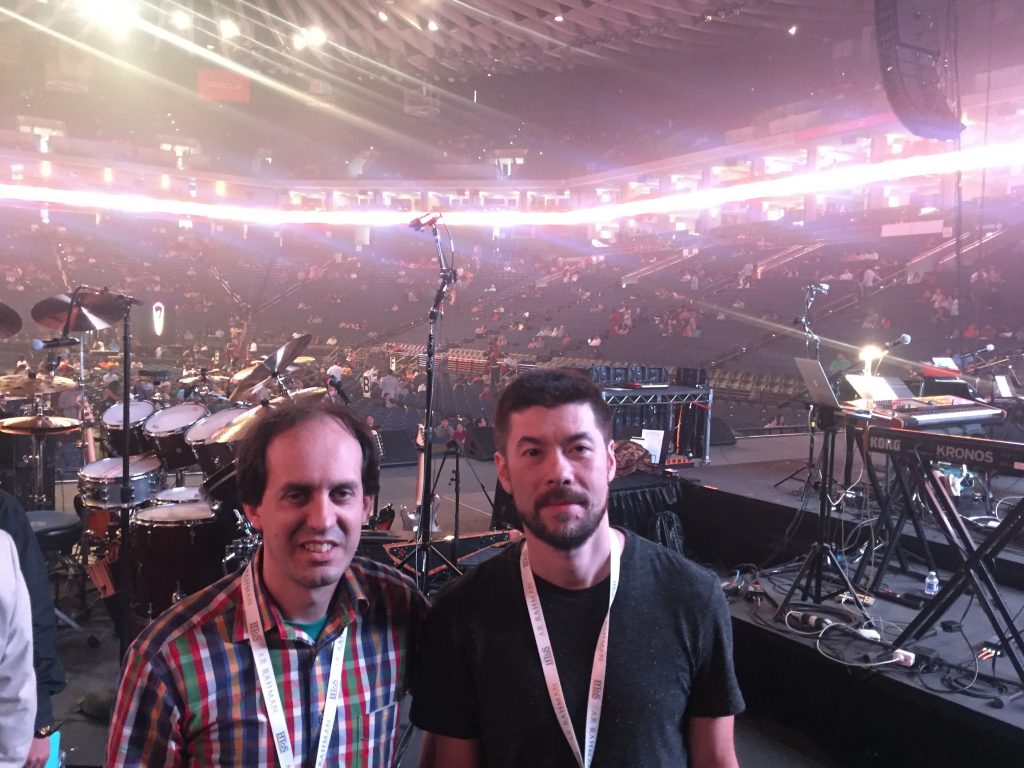
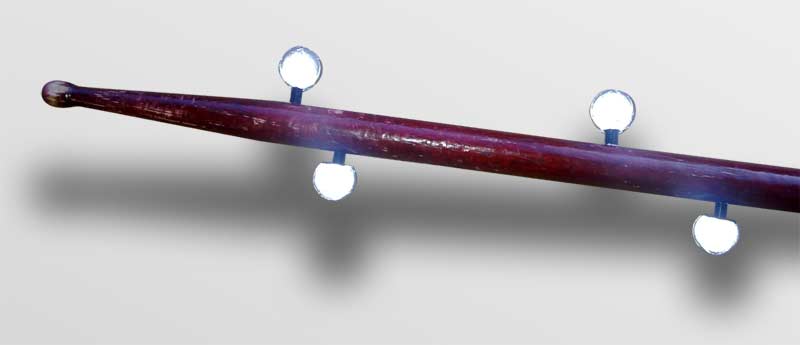


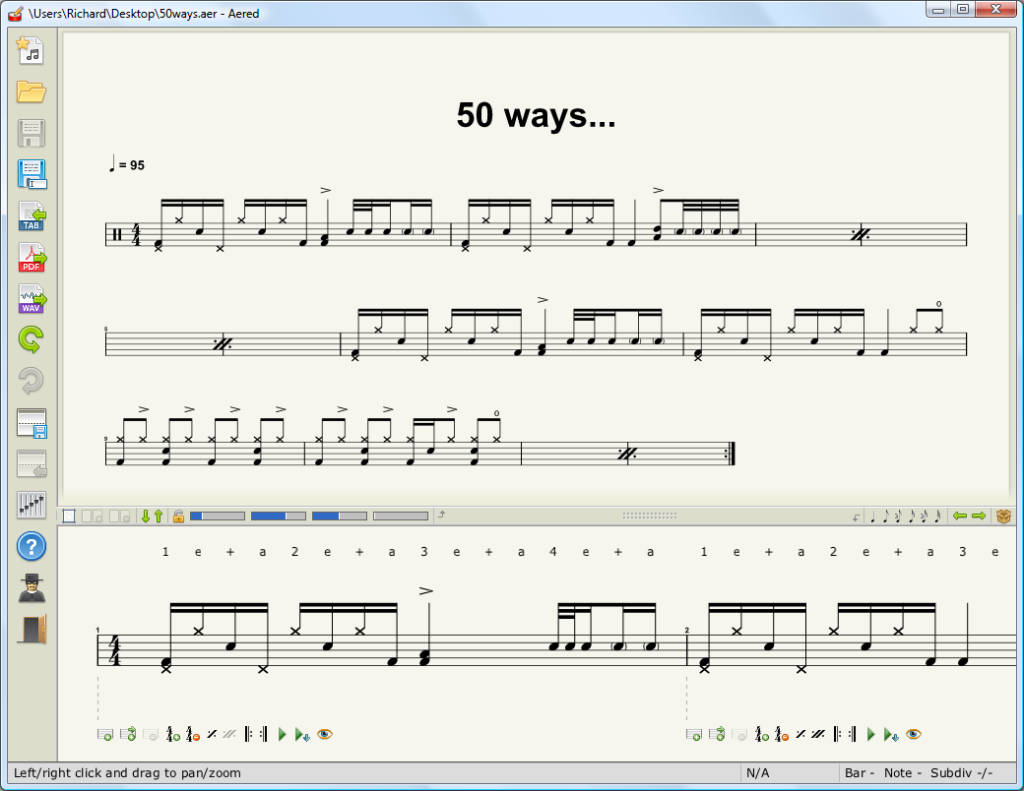

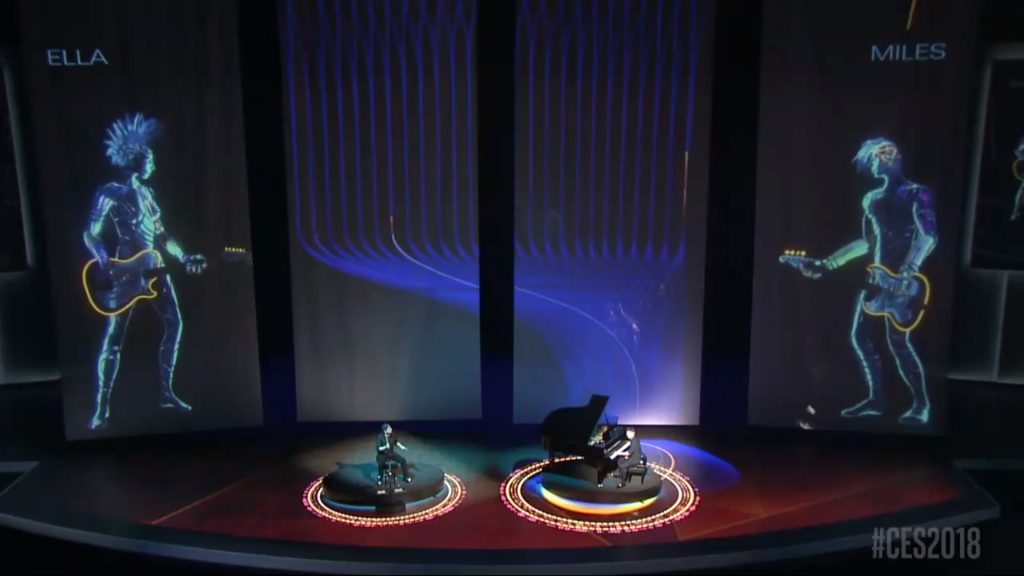
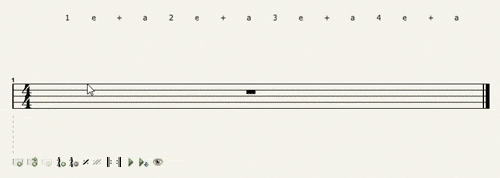












Continue with Facebook
Continue with Google
To get Aered